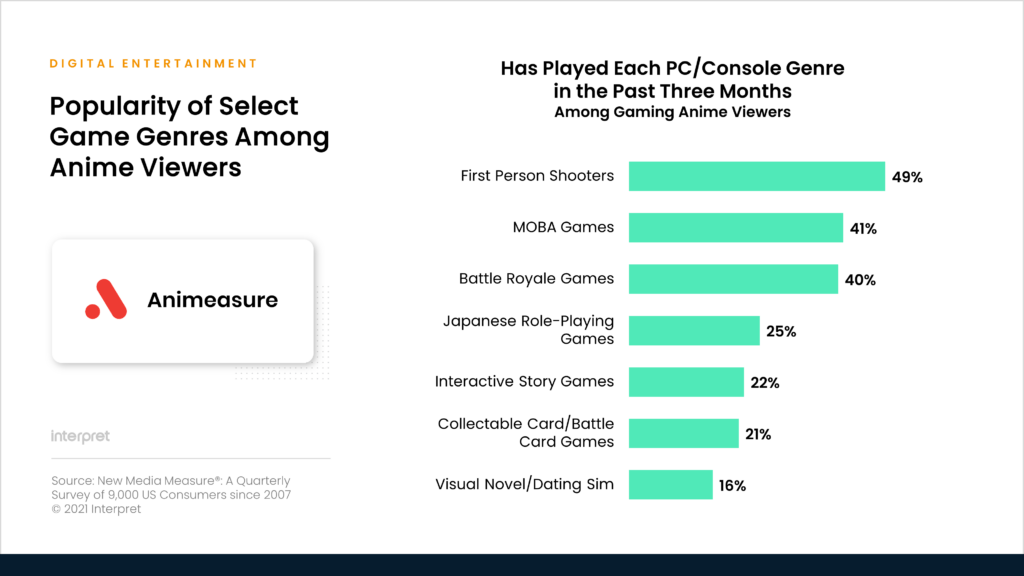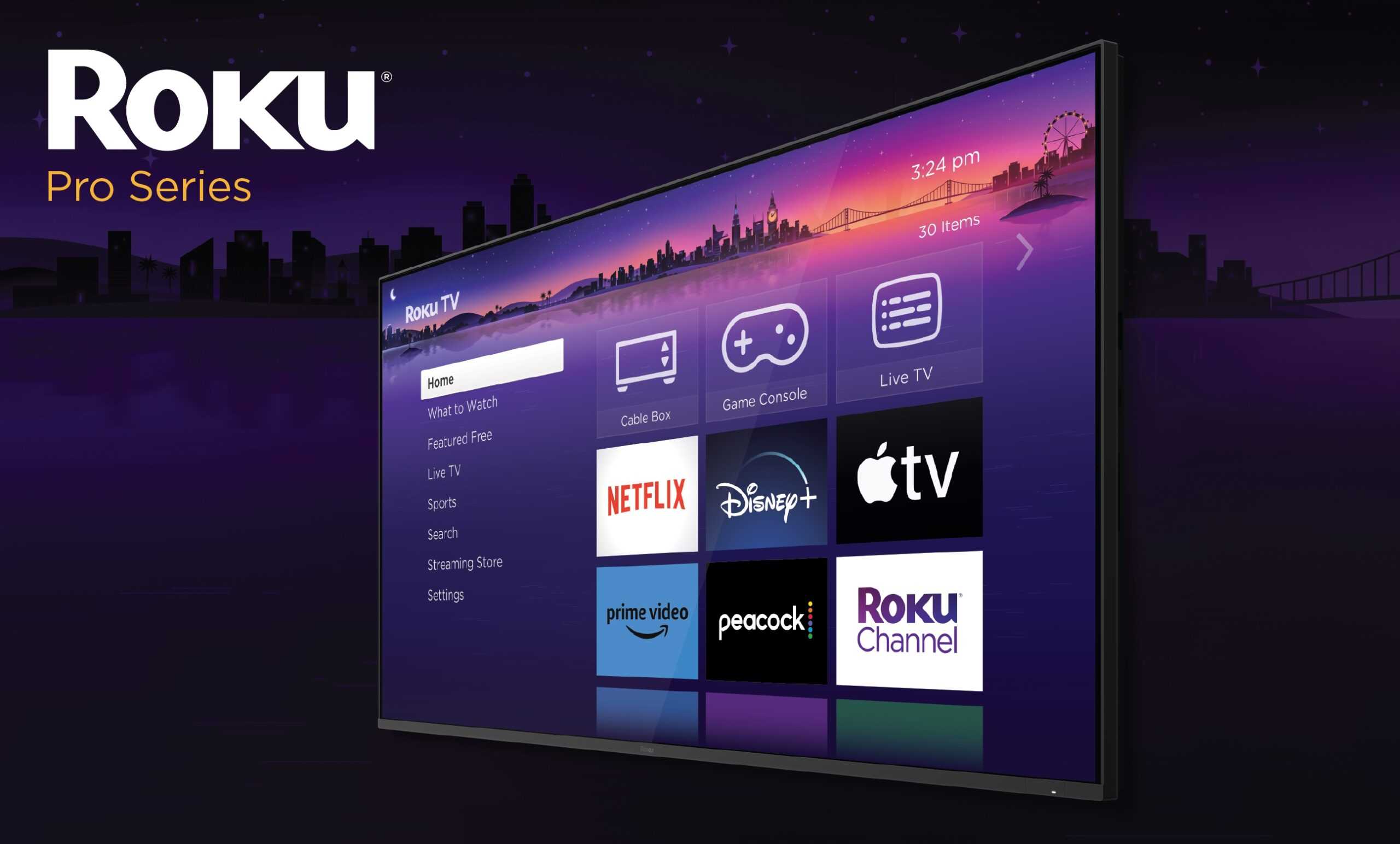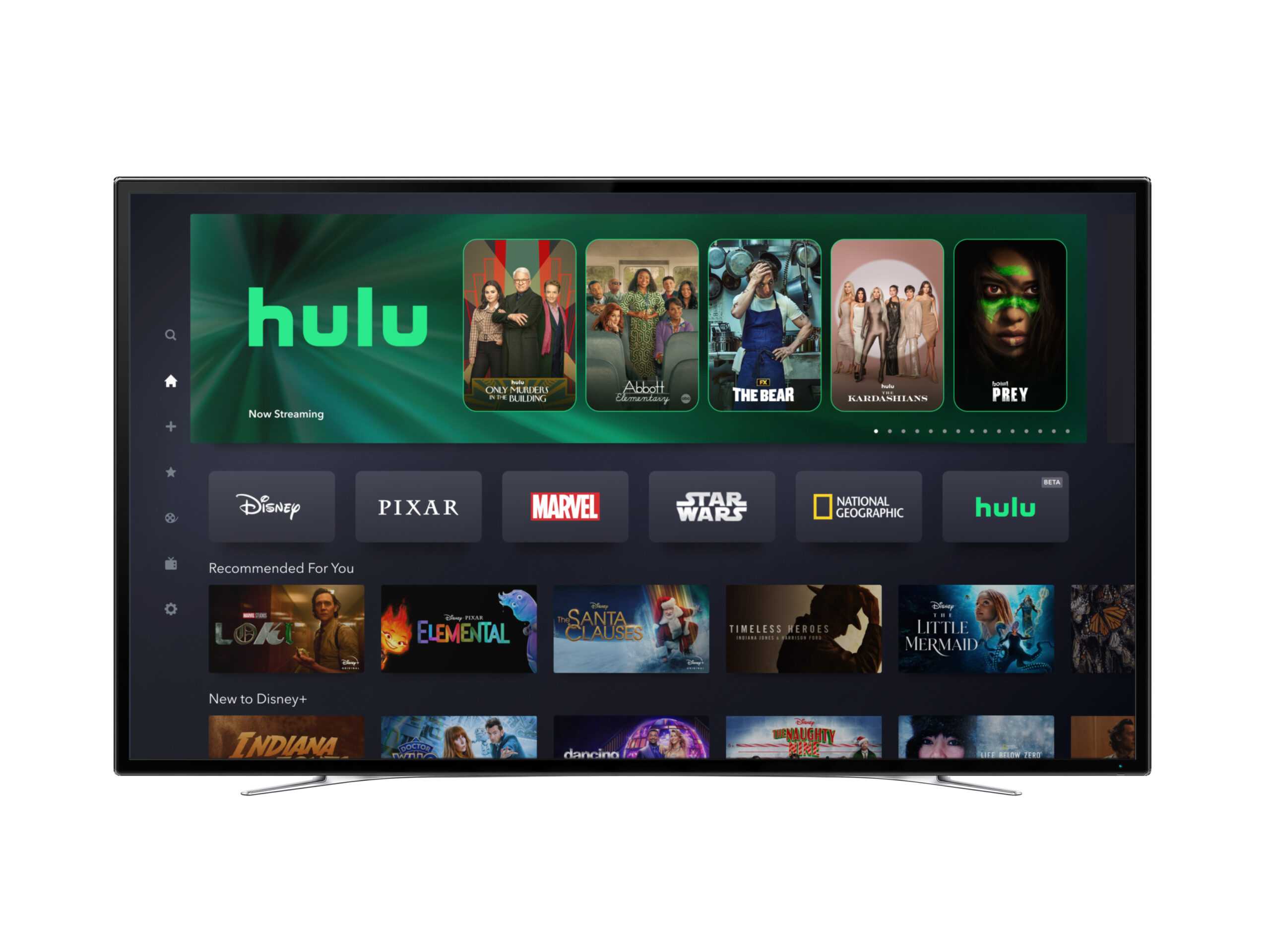In markets worldwide, the mainstreaming of anime is a well-documented phenomenon. Less apparent is precisely why anime is so well-positioned to succeed in markets as diverse as Brazil and India, not to mention its domestic Japan.
Anime has been influencing global entertainment culture for years, but more recently, the winds of change have reversed course, and the world is transforming anime. Now more than ever before, the anime industry feedback loop runs in two directions. Thanks to the rise of simulcasts, simuldubs, and co-productions, anime enthusiasts have greater influence over production than ever before. The resultant media is shaped by preferences expressed by a wide swath of global viewers, not only by the domestic Japanese audience.
Understanding anime viewers also means understanding core gamers, esports fans, and other audiences where anime viewers over-index.
Anime viewers are far more likely to play video games (they are approximately 1.5x more likely to be weekly PC/Console gamers than non-viewers), watch game-related streams/video, and spend more on gaming than non-viewers. Anime viewers also play most game genres more than non-viewers. The over-index is especially high for JRPGs, Visual Novels / Dating Sims, Battle Card Games, MOBAs, and Interactive Story games (2-3x more likely to play these genres compared to non-viewers). There is even a strong overlap among anime viewers and game genres that are not so clearly linked to anime – genres such as First-Person Shooters and Battle Royales.
And, the intersection of anime and video games offers powerful opportunities for everything from live event programming (anime viewers over-index at live events) to game development (where non-endemic genres like MOBAs can benefit from anime IP, anime-style characters, or animated adaptations that could attract new players, much as League of Legends is doing with the animated series Arcane).
Interpret’s new Animeasure product offers actionable, practical insights into the global anime audience. Animeasure covers 14 markets and includes a detailed audience segmentation solution.








